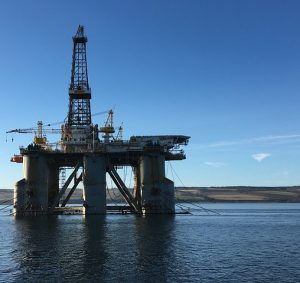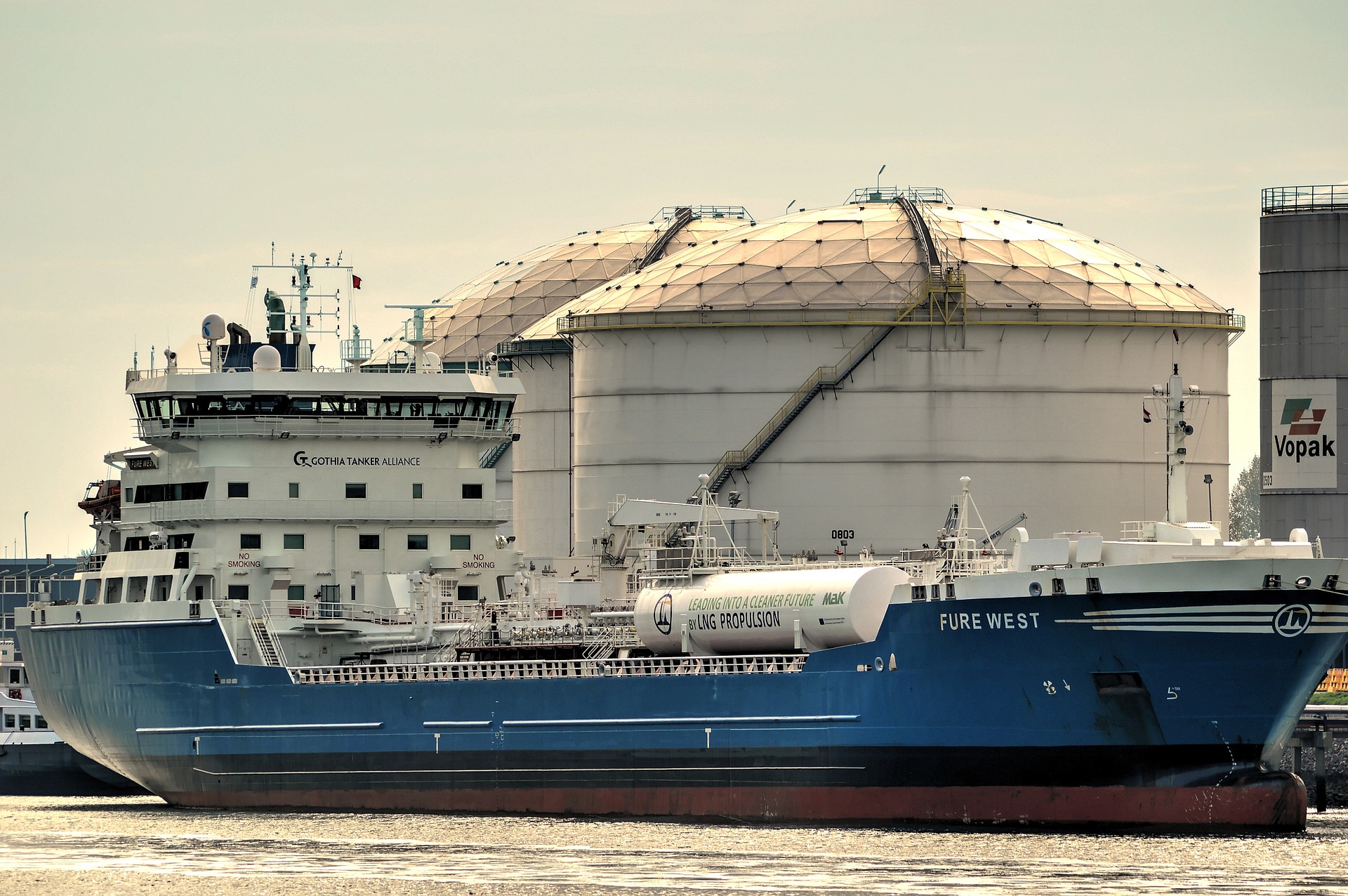The new oil boom in the US
Who’s the biggest oil consumer in the World?
For quite some time, the US was the world’s top oil consumer. This has, in turn, made it vulnerable to economic pressure that oil-rich countries around the globe might misuse and attack the US economy. It’s a well-known fact that the dollar is tied to the value of crude oil, and the US has spent an inordinate amount of resources to keep the oil price stable in the world.
How can the US protect themselves?

Protecting themselves through oil production has been a long-standing dream of the US, but there just wasn’t enough crude oil reserves that were easy to drill and produce on US soil. Until recently, when the new, cheaper practice of fracking emerged, the US had been utterly dependant on importing oil, mostly from Saudi Arabia and South America.
What is fracking?
Fracking became commonplace after the 2008 crisis: it’s a practice of drilling a long, horizontal hole, and then pumping it with pressurized sand and water until it finally starts dripping oil and gas. It’s a cheap method of oil drilling that allows for mobile oil rigs. However, this method has seen ecological drawbacks, for example, the problem with disposing used and contaminated water.
Ecological disaster in the making?
The contaminated water is toxic and flammable and, if disposed into natural lakes or rivers, it would kill all wildlife. It is very hard to clean up a polluted lake, and a polluted river will eventually seep into the ocean and cause even more damage there.
But why don’t we leave the water in the deep hole we have already drilled? Because it can cause earthquakes that will endanger even more lives.
The job market has changed in recent times

We’ve seen a large number of highly educated geologists, petroleum engineers, and mechanical engineers gaining employment in big oil firms. In the big cities of Texas, Oklahoma and North Dakota, where most of the fracking is done, the unemployment rate can drop to around 2%! It’s a tough job that requires a lot of time spent on site, but many people are jumping at the opportunity to become well-paid professionals.
What if there’s no more places to drill?
If you have a lot of companies fighting over prime locations, you’ll eventually be left with very little productivity. And it seems that this is happening right now, as the mobile drills have to traverse longer ways and accrue more operating costs because the competition just took the nearby well. This leaves smaller companies at a big risk of bankruptcy — due to rising costs of operation or interest rates.
What does the future hold for the US fracking industry?
Giant firms are consolidating and uniting their efforts in hopes of further reducing the operational costs. President Trump’s recent tariffs on the Chinese Steel Industry could mean that oil rig production and maintenance will cost more. Companies join forces in order to amortize these costs and have more opportunities to drill, while traversing smaller distances. Everything goes according to plan as long as the oil prices stay stable, and fracking is here to stay.


